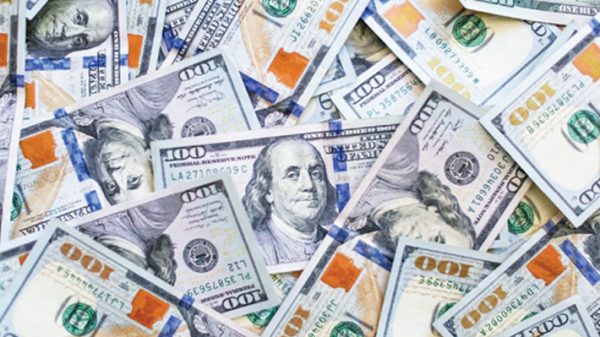Rising imports squeeze forex reserves

- Update Time : Monday, May 9, 2022
- 114 Time View

The country’s foreign exchange reserve dropped to $41.90 billion amid rising imports.
Bangladesh Bank on Thursday paid $2.24 billion Asian Clearing Union (ACU) import bills for the March-April period, curtailing the reserve money from $44.14 billion to below $42 billion.
This amount of reserve is lowest in one and a half years. Earlier in November 2020, the forex reserve was $41.26 billion, according to the central bank data.
The central bank officials and economic analysts think that swelling import bills coupled with a decline in inward remittances have contributed to depletion in foreign reserve.
“Import of capital machinery, industrial raw materials and other goods has surged as the economy has made a turnaround from the corona crisis. Besides, global hike in fuel and food prices has also pushed up import cost, squeezing the reserve,” BB executive director and spokesperson Sirajul Islam said.
Given the current trend of imports, it is possible to pay slightly over five months’ import bills with the current reserve, whereas the country had a reserve to meet nearly 10 months’ import bill seven or eight months earlier.
The country spent $4 to $4.5 billion on average every month as import payments before the Covid-19 onslaught from March 2020. But it came down to $3 to $3.5 billion during the pandemic.
However, imports witnessed a big jump from the outset of 2021-22 fiscal year as the economy started showing signs of recovery.
During the month of July of FY22, import bills surged to $5.14 billion and the uptrend continued in the following five months. Imports rose to $6.58 billion in August, $7 billion in September, $7.11 billion in October, $7.85 billion in November and $8.44 billion in December.
The country’s imports totaled $8.33 billion in January and $8.32 billion in the month of February in the current fiscal year, the central bank data showed.
The forex reserve has continued a rising trend for the last few years to finally reach the peak at $48 billion on August 24 last year, which was the highest in the country’s history.
But it declined to $47 billion after July-Augusts’ ACU payment made in September.
The reserve fell further to $46 billion in early October but slightly increased to $46.5 billion in early November after rise in exports.
It dipped below $45 billion after the September-October’s ACU payment in early November and fell below $44 billion after $1.93 billion November-December ACU payment.
Again, the reserve surged to $46 billion after exports and remittance inflow increased, but declined to $43.89 billion after January-February’s ACU payment of $2.16 billion. During the following two months, it modestly increased and ranged between $44 billion and $44.30 billion.
“It is quite natural that the reserve money will decrease in import surge. There is nothing to be worried about it,” commented Policy Research Institute (PRI) executive director Ahsan H Mansur.
He thinks that Bangladesh is still in a comfort zone in terms of foreign currency reserve. But he suggested lowering imports at once and put special focus on raising exports and foreign remittances.















